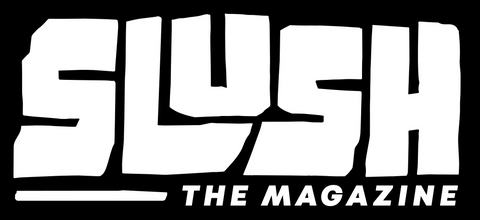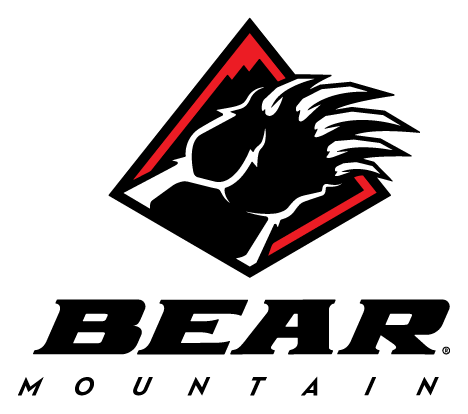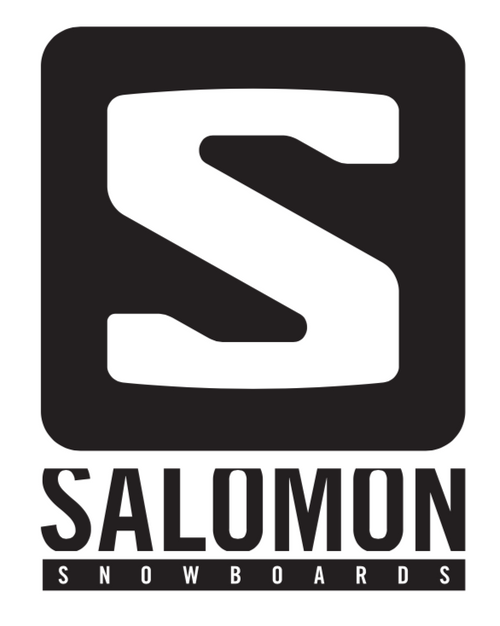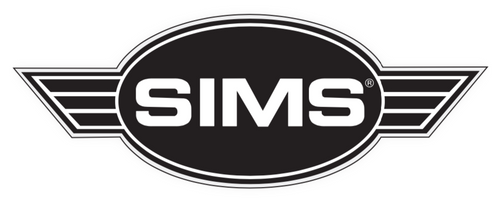
They say a picture is worth a thousand words, but some of the best images in the history of snowboarding are actually worth 1003, when you include the photo credit Dean “Blotto” Gray.
Interview by Pat Bridges
Photos by Blotto
Blotto began snowboarding in the Winter of 1992 at the Arizona Snowbowl outside of Flagstaff, Arizona. His talent while strapped in was such that he became “sponsed” in 1994, repping brands like Pill Snowboards, 90 Clothing, 686 Outerwear, and Technine Bindings as a Summit County, Colorado local. Blotto’s ties to Technine led him to becoming their team manager which subsequently provided his introduction to photography, a skill he honed while spending four years as the Team Travel Manager for Burton Snowboards. Blotto’s uncanny ability to conjure not just an image, but a cover- worthy shot, out of the most meager circumstances, led some of his peers to turn his name into a verb, as in, “There isn’t any deep snow, sick setup, or scenic backdrop—it looks like we’ll need to Blotto this.” That gumption turned Gray into one of the most prolific shred shooters of all time with hundreds of covers to his credit.
Ever since snowboarding entered the mainstream psyche we’ve had to endure a scourge of “guy in the sky” images shot by “professional” photographers from Getty, Reuter’s, the AP, and other photo stock agencies. These no grab, no context, no style, abominations have graced the covers of everything from USA Today and Sports Illustrated, to cereal boxes and car advertisements. The stink of such shots, and laziness on the part of the “professional” photographers to promote such a poor representation of riding at its highest level has long been a blight on our collective passion.
This is why it was kinda startling to see such an esteemed documenter of snowboarding culture as Dean “Blotto” Gray forgo the conventional lip to landing framing in favor of a minimalist aesthetic where the rider is not merely a focal point, but the only focal point.
Yet there was something different about Blotto’s take on the “guy in the sky” technique so we decided to tap him to discuss why he started down this photographic path that separates his crop from the other crap.

How did the “Blotto” moniker come about?
A buddy I grew up with, Curtis Goodman, gave me that nickname because we would paint-pen our grip tape back in the day. I had seen this ‘Blotto’ name in a skateboarding book in my high school library. The only other person to check the book out before me was “Blotto McGonsky III.” It was obviously a false name so I put it on my grip tape and Curtis started blurting “Blotto” out while we were skating this full pipe in the Arizona desert at a place called Thrasherland.
Which photographers have had the biggest influence on you, both inside and outside of snowboarding?
When I bought my first Thrasher Magazine in the '80s I saw Mofo’s images and I was immediately intrigued. In snowboarding certainly Kevin Zacker. As I was getting into shooting snowboarding Kevin was still living in Salt Lake City, Utah and he was my sensei in a way. I’d ask him questions about what I was doing and he would give me some feedback or help me understand how different types of film worked. He was a huge help in speeding up the process. Kevin was always there to be the mentor.

Can you explain why you’ve been more successful than most at conjuring a quality image seemingly out of nothing?
It’s a nice challenge to take an ordinary scene and do something with it that is impactful and inspiring and becomes a good photo. I welcome the challenge of any of these obstacles that are in your way, like when a scene is unappealing to the naked or untrained eye. I try to make the best of any situation no matter what it is. Maybe that’s my signature style but I’ve also tried to incorporate a lot of scenery in my photos where the riding and action is just a small part of the image. If you can take the riding out of the image and still have a great landscape then I know the full shot with the rider in it will be that much more impactful.


What motivated you to take on the third rail of snowboard photography, which is the “guy in the sky” image?
I’ve enjoyed sports publications and newspapers because I watch a lot of basketball and baseball. When a guy is throwing down on a basketball court with a massive dunk, that is the apex, that’s the moment and it is perfectly captured beautifully. You see the emotion and the good style. The determination. Once snowboarding started going to the Olympics and whatnot I would see these photos of our friends and the shot would be before the apex or after, and they looked terrible. In a way, I wanted to correct that, at least within our industry. You can punch in really close and show no obstacle or show nothing except the pure style of the rider. That’s why I started moving in on these tight crops. Also there are plenty of photos in the magazines that show takeoffs and landings so I thought there would be room to have just the rider in the sky. And the riders like it because snowboarders and skateboarders all uphold style and that’s purely what I am capturing. That’s what I want to translate.
And in the process, you also landed on a photo style that is uniquely suited to displaying on the small screen, i.e. cell phones and social media.
I certainly didn’t think about that back when I started taking these pictures at Mt. Hood. That’s for sure.
As you went through this process did you learn anything that you didn’t expect to?
I learned that it is kinda hard to shoot “guy in the sky” shots. You’ve got to be tight on the rider and they’re flying and you are using a zoom lens so it is hard to keep them in the center of the frame. Props to these AP guys who can keep the riders in the frame and not have them bleeding off any of the 4 sides. It was also hard to chop out everything because it just went against everything I have tried to uphold within snowboarding photography to keep it real.

You give these guys props but how often do you think they are shooting long and wide with a big lens and a big sensor and just cropping in?
I wonder. I just don’t know and have never been around them but I’d gladly give them a course in how to properly capture action sports photos. I suppose shooting wide and cropping in would be an easier way to do it but I always try to punch in as close as I can with the zoom because I always think about the photo appearing in print first, and giving you guys as much information to work with as possible so it can reproduce as a nice, sharp, crispy picture. Perhaps that’s why I didn’t think about how great this tight crop stuff would look on a cell phone.
Is there anywhere else you’d like to take this aesthetic next?
Has anyone done a campaign for a brand that is tight crop images? Maybe Crab Grab did.
Wasn’t every ad campaign in the 80’s tight crop?
Yeah, right! I would like to shoot tight crop with flashes. That is one evolution I could do. I really don’t know. But as I’ve said to all the kids who write to me asking questions, there are no rules to photography. It is open to interpretation however you want to put it out there in whatever style. Just make sure it’s a good photo and it’s sharp. Be good to work with, especially when you are dealing with athletes who are risking life and limb. I just want to keep taking photos I like and the riders like, because I want to keep doing this.



















